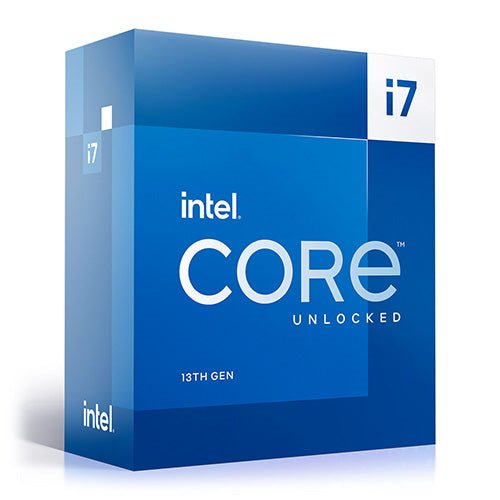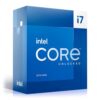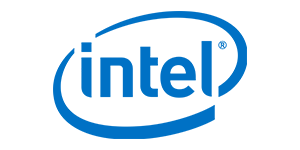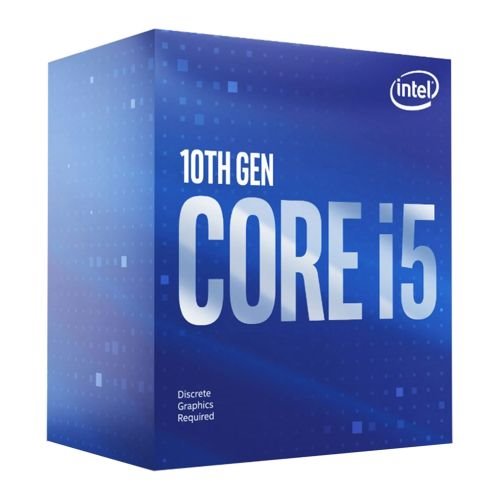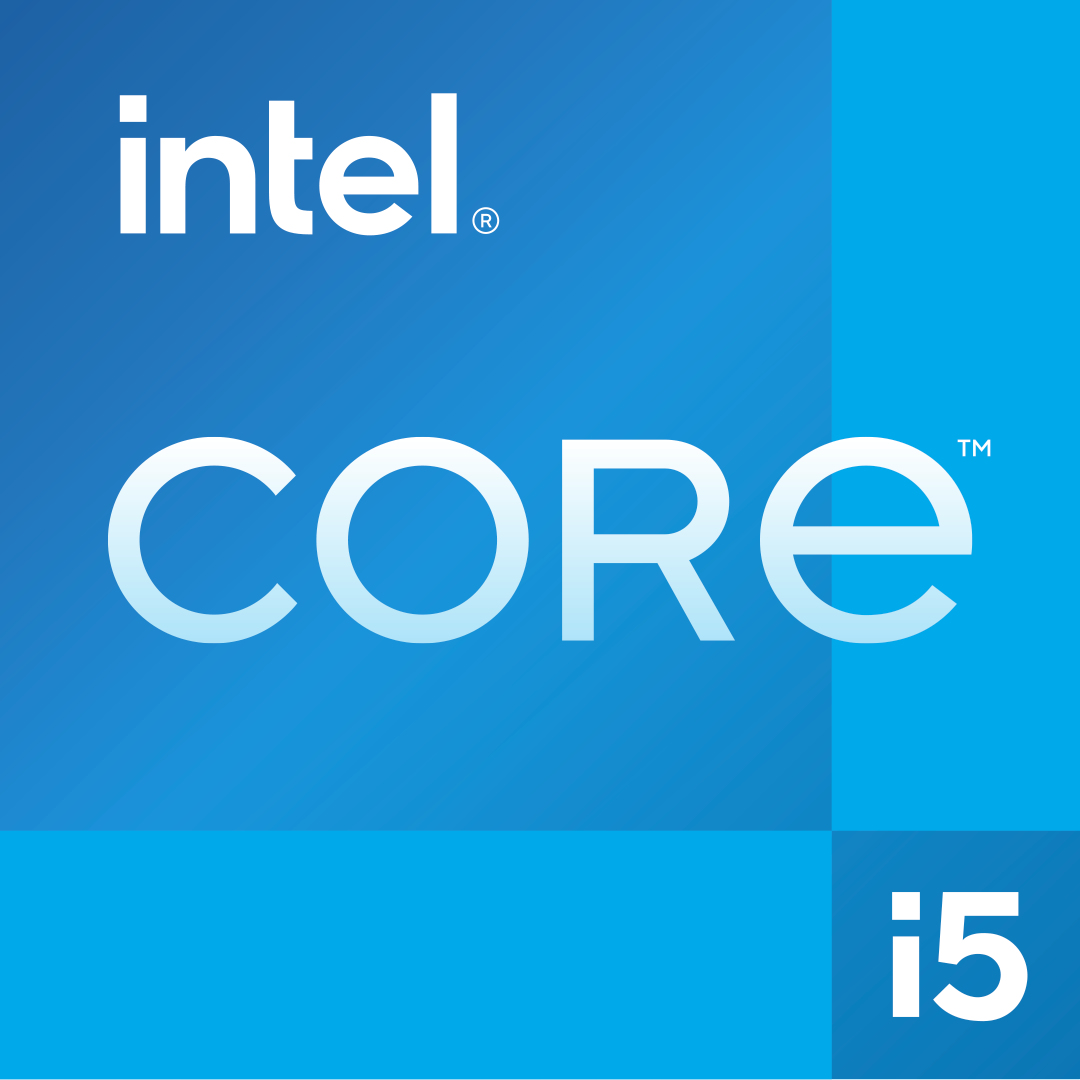Intel Core i7-13700K CPU, 1700, 3.4 GHz (5.4 Turbo), 16-Core, 125W (253W Turbo), 10nm, 30MB Cache, Overclockable, Raptor Lake, NO HEATSINK/FAN
Experience superior computing power with the Intel Core i7-13700K CPU. This 16-core processor, clocked at 3.4 GHz (5.4 Turbo), is designed for high-performance tasks. It’s built on a 10nm process and has a 30MB cache for quick data access. The CPU is overclockable for enhanced performance, but note that it doesn’t come with a heatsink/fan.
- 16-core, 3.4 GHz (5.4 Turbo) CPU
- Overclockable for enhanced performance
- Built on 10nm process technology
- 30MB cache for quick data access
- 125W (253W Turbo) power consumption
- Raptor Lake architecture
- No heatsink/fan included
£351.38
In stock
Intel® Gaussian & Neural Accelerator
Intel® Gaussian & Neural Accelerator (GNA) is an ultra-low power accelerator block designed to run audio and speed-centric AI workloads. Intel® GNA is designed to run audio based neural networks at ultra-low power, while simultaneously relieving the CPU of this workload.
Intel® Deep Learning Boost (Intel® DL Boost)
A new set of embedded processor technologies designed to accelerate AI deep learning use cases. It extends Intel AVX-512 with a new Vector Neural Network Instruction (VNNI) that significantly increases deep learning inference performance over previous generations.
Intel® Speed Shift Technology
Intel® Speed Shift Technology uses hardware-controlled P-states to deliver dramatically quicker responsiveness with single-threaded, transient (short duration) workloads, such as web browsing, by allowing the processor to more quickly select its best operating frequency and voltage for optimal performance and power efficiency.
Intel® Turbo Boost Technology
Intel® Turbo Boost Technology dynamically increases the processor’s frequency as needed by taking advantage of thermal and power headroom to give you a burst of speed when you need it, and increased energy efficiency when you don’t.
Intel® Hyper-Threading Technology
Intel® Hyper-Threading Technology (Intel® HT Technology) delivers two processing threads per physical core. Highly threaded applications can get more work done in parallel, completing tasks sooner.
Intel® 64
Intel® 64 architecture delivers 64-bit computing on server, workstation, desktop and mobile platforms when combined with supporting software.¹ Intel 64 architecture improves performance by allowing systems to address more than 4 GB of both virtual and physical memory.
Instruction Set
An instruction set refers to the basic set of commands and instructions that a microprocessor understands and can carry out. The value shown represents which Intel’s instruction set this processor is compatible with.
Idle States
Idle States (C-states) are used to save power when the processor is idle. C0 is the operational state, meaning that the CPU is doing useful work. C1 is the first idle state, C2 the second, and so on, where more power saving actions are taken for numerically higher C-states.
Enhanced Intel SpeedStep® Technology
Enhanced Intel SpeedStep® Technology is an advanced means of enabling high performance while meeting the power-conservation needs of mobile systems. Conventional Intel SpeedStep® Technology switches both voltage and frequency in tandem between high and low levels in response to processor load. Enhanced Intel SpeedStep® Technology builds upon that architecture using design strategies such as Separation between Voltage and Frequency Changes, and Clock Partitioning and Recovery.
Thermal Monitoring Technologies
Thermal Monitoring Technologies protect the processor package and the system from thermal failure through several thermal management features. An on-die Digital Thermal Sensor (DTS) detects the core’s temperature, and the thermal management features reduce package power consumption and thereby temperature when required in order to remain within normal operating limits.
Intel® Volume Management Device (VMD)
Intel® Volume Management Device (VMD) provides a common, robust method of hot plug and LED management for NVMe-based solid state drives.
Intel® Standard Manageability (ISM)
Intel® Standard Manageability is the manageability solution for Intel vPro® Essentials platforms and is a subset of Intel® AMT with out-of-band management over Ethernet and Wi-Fi, but no KVM or new life cycle management features.
Intel® Control-Flow Enforcement Technology
CET – Intel Control-flow Enforcement Technology (CET) helps protect against the misuse of legitimate code snippets through return-oriented programming (ROP) control-flow hijacking attacks.
Intel® AES New Instructions
Intel® AES New Instructions (Intel® AES-NI) are a set of instructions that enable fast and secure data encryption and decryption. AES-NI are valuable for a wide range of cryptographic applications, for example: applications that perform bulk encryption/decryption, authentication, random number generation, and authenticated encryption.
Secure Key
Intel® Secure Key consists of a digital random number generator that creates truly random numbers to strengthen encryption algorithms.
Execute Disable Bit
Execute Disable Bit is a hardware-based security feature that can reduce exposure to viruses and malicious-code attacks and prevent harmful software from executing and propagating on the server or network.
Intel® Boot Guard
Intel® Device Protection Technology with Boot Guard helps protect the system’s pre-OS environment from viruses and malicious software attacks.
Mode-based Execute Control (MBEC)
Mode-based Execute Control can more reliably verify and enforce the integrity of kernel level code.
Intel® Virtualization Technology (VT-x)
Intel® Virtualization Technology (VT-x) allows one hardware platform to function as multiple “virtual” platforms. It offers improved manageability by limiting downtime and maintaining productivity by isolating computing activities into separate partitions.
Intel® Virtualization Technology for Directed I/O (VT-d)
Intel® Virtualization Technology for Directed I/O (VT-d) continues from the existing support for IA-32 (VT-x) and Itanium® processor (VT-i) virtualization adding new support for I/O-device virtualization. Intel VT-d can help end users improve security and reliability of the systems and also improve performance of I/O devices in virtualized environments.
Intel® VT-x with Extended Page Tables (EPT)
Intel® VT-x with Extended Page Tables (EPT), also known as Second Level Address Translation (SLAT), provides acceleration for memory intensive virtualized applications. Extended Page Tables in Intel® Virtualization Technology platforms reduces the memory and power overhead costs and increases battery life through hardware optimization of page table management.
Intel® Turbo Boost Max Technology 3.0
Intel® Turbo Boost Max Technology 3.0 identifies the best performing core(s) on a processor and provides increased performance on those cores through increasing frequency as needed by taking advantage of power and thermal headroom.
Intel® Trusted Execution Technology
Intel® Trusted Execution Technology for safer computing is a versatile set of hardware extensions to Intel® processors and chipsets that enhance the digital office platform with security capabilities such as measured launch and protected execution. It enables an environment where applications can run within their own space, protected from all other software on the system.
| Weight | 0.087 kg |
|---|---|
| Processor model | i7-13700K |
| Processor manufacturer | Intel |
| Maximum internal memory | 192 GB |
| ECC | Yes |
| Processor family | Intel® Core™ i7 |
| Box | Yes |
| Processor socket | LGA 1700 |
| Stepping | B0 |
| Supported instruction sets | SSE4.1, SSE4.2, AVX 2.0 |
| L2 cache | 24576 KB |
| Non-ECC | Yes |
| Package type | Retail box |
| Memory bandwidth (max) | 89.6 GB/s |
| Processor cores | 16 |
| Processor threads | 24 |
| Memory channels | Dual-channel |
| PCI Express slots version | 4.0, 5.0 |
| Processor operating modes | 64-bit |
| Processor boost frequency | 5.4 GHz |
| On-board graphics card model | Intel UHD Graphics 770 |
| Discrete graphics card model | Not available |
| Intel® Hyper Threading Technology (Intel® HT Technology) | Yes |
| Intel® Turbo Boost Technology | 2.0 |
| On-board graphics card | Yes |
| Processor cache | 30 MB |
| Intel® Quick Sync Video Technology | Yes |
| Intel® Clear Video HD Technology (Intel® CVT HD) | Yes |
| Intel® AES New Instructions (Intel® AES-NI) | Yes |
| Enhanced Intel SpeedStep Technology | Yes |
| Execute Disable Bit | Yes |
| Idle States | Yes |
| Thermal Monitoring Technologies | Yes |
| Intel Trusted Execution Technology | Yes |
| On-board graphics card base frequency | 300 MHz |
| On-board graphics card dynamic frequency (max) | 1600 MHz |
| Intel® Active Management Technology (Intel® AMT) | Yes |
| Scalability | 1S |
| CPU configuration (max) | 1 |
| Tjunction | 100 °C |
| Intel VT-x with Extended Page Tables (EPT) | Yes |
| Embedded options available | No |
| Bus type | DMI4 |
| PCI Express configurations | 1×16+1×4, 2×8+1×4 |
| Graphics output | eDP 1.4b, DP 1.4a, HDMI 2.1 |
| Intel® Secure Key | Yes |
| Intel 64 | Yes |
| Intel Stable Image Platform Program (SIPP) | Yes |
| OpenCL version | 3.0 |
| Intel® OS Guard | Yes |
| Intel Virtualization Technology for Directed I/O (VT-d) | Yes |
| Processor codename | Raptor Lake |
| On-board graphics card outputs supported | Embedded DisplayPort (eDP) 1.4b, DisplayPort 1.4a, HDMI 2.1 |
| On-board graphics card maximum resolution (DisplayPort) | 7680 x 4320 pixels |
| Number of execution units | 32 |
| On-board graphics card ID | 0xA780 |
| Maximum number of PCI Express lanes | 20 |
| On-board graphics card maximum resolution (eDP - Integrated Flat Panel) | 5120 x 3200 pixels |
| On-board graphics card refresh rate at maximum resolution (eDP - Integrated Flat Panel) | 120 Hz |
| On-board graphics card refresh rate at maximum resolution (DisplayPort) | 60 Hz |
| On-board graphics card refresh rate at maximum resolution (HDMI) | 60 Hz |
| Processor cache type | Smart Cache |
| Status | Launched |
| Launch date | Q4'22 |
| Intel Virtualization Technology (VT-x) | Yes |
| Market segment | Desktop |
| Maximum internal memory supported by processor | 192 GB |
| Memory types supported by processor | DDR4-SDRAM, DDR5-SDRAM |
| Memory bandwidth supported by processor (max) | 89.6 GB/s |
| Number of displays supported (on-board graphics) | 4 |
| On-board graphics card maximum resolution (HDMI) | 4096 x 2160 pixels |
| On-board graphics card DirectX version | 12.0 |
| On-board graphics card OpenGL version | 4.5 |
| Harmonized System (HS) code | 8542310001 |
| Target market | Gaming, Content Creation |
| Intel Turbo Boost Max Technology 3.0 | Yes |
| Processor ARK ID | 230500 |
| Discrete graphics card | No |
| Cooler included | No |
| Intel® Speed Shift Technology | Yes |
| Intel® Boot Guard | Yes |
| Export Control Classification Number (ECCN) | 5A992C |
| Commodity Classification Automated Tracking System (CCATS) | 740.17B1 |
| Intel® vPro™ Platform Eligibility | Yes |
| Mode-based Execute Control (MBE) | Yes |
| Intel® Deep Learning Boost (Intel® DL Boost) | Yes |
| Intel® Volume Management Device (VMD) | Yes |
| Intel® Control-flow Enforcement Technology (CET) | Yes |
| Intel® Turbo Boost Max Technology 3.0 frequency | 5.4 GHz |
| Use conditions | PC/Client/Tablet, Workstation |
| Efficient cores | 8 |
| Performance cores | 8 |
| Maximum number of DMI lanes | 8 |
| Intel® Thread Director | Yes |
| Processor base power | 125 W |
| Maximum turbo power | 253 W |
| Efficient-core base frequency | 2.5 GHz |
| Efficient-core boost frequency | 4.2 GHz |
| Performance-core base frequency | 3.4 GHz |
| Performance-core boost frequency | 5.3 GHz |
| Direct Media Interface (DMI) Revision | 4.0 |
| Multi-Format Codec Engines | 2 |
| Intel® Gaussian & Neural Accelerator (Intel® GNA) 3.0 | Yes |
| Processor generation | 13th gen Intel® Core™ i7 |
| Intel vPro® Enterprise Platform Eligibility | Yes |
| Intel® Threat Detection Technology (TDT) | Yes |
| Intel® Standard Manageability (ISM) | Yes |
| Intel® One-Click Recovery | Yes |
| Intel® Hardware Shield Eligibility | Yes |
| Intel® Total Memory Encryption - Multi Key | Yes |
| Intel® Virtualization Technology with Redirect Protection (VT-rp) | Yes |
| Intel vPro® Essentials Platform Eligibility | Yes |
| Intel® Remote Platform Erase (RPE) | Yes |
